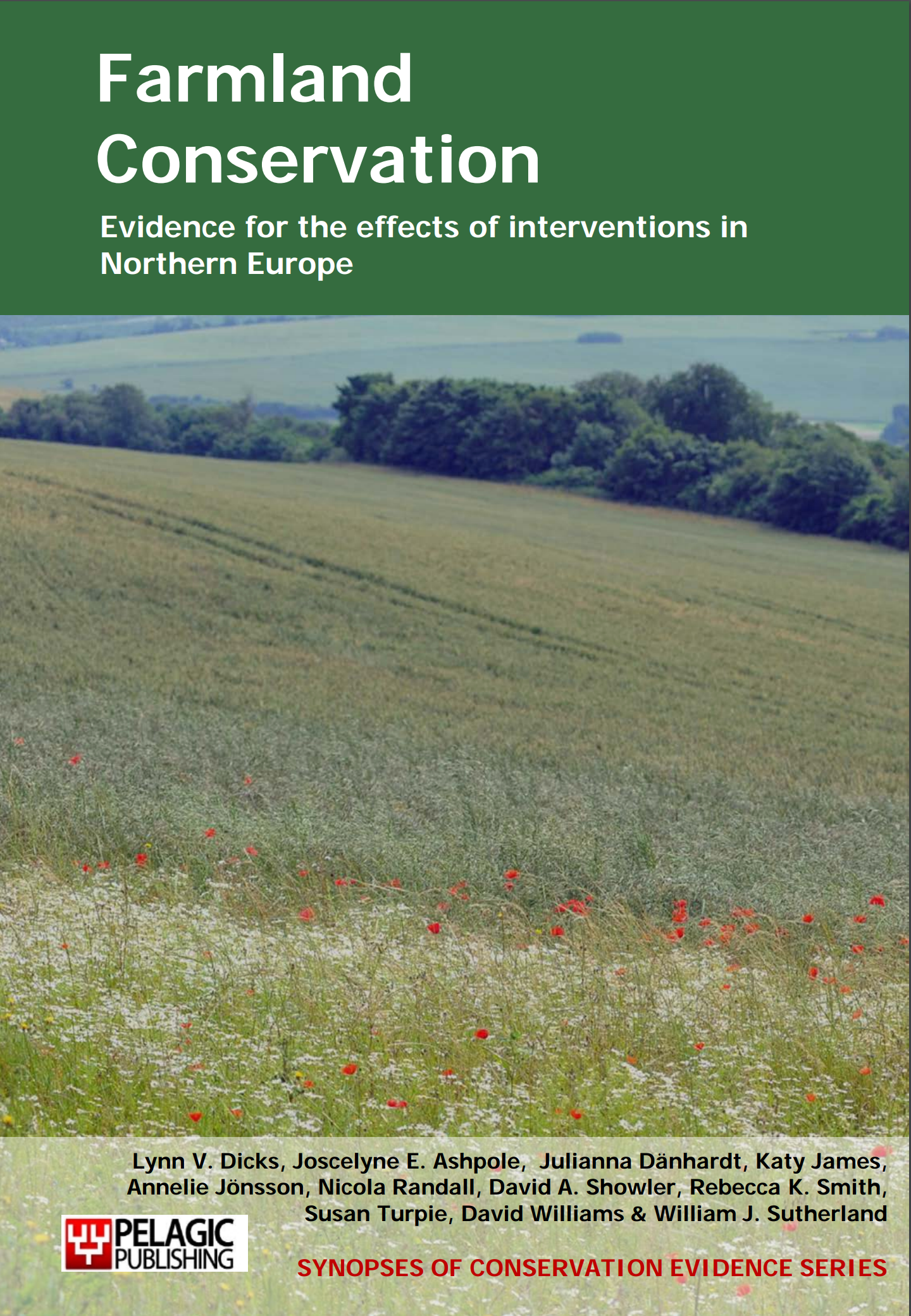Enforce legislation to protect birds against persecution
-
Overall effectiveness category Unknown effectiveness (limited evidence)
-
Number of studies: 2
View assessment score
Hide assessment score
How is the evidence assessed?
-
Effectiveness
90% -
Certainty
18% -
Harms
not assessed
Study locations
Supporting evidence from individual studies
A before-and-after study examining 524 common kestrels Falco tinnunculus recovered during 1917-1980 in Denmark (Noer & Secher 1983) found that estimated survival rates of birds ringed as chicks increased during 1967-1972 (66% annual survival) compared to 1945-1966 (50%), following the introduction of legal protection for all birds of prey in 1967. However, the increase in survival rate following kestrel-specific legislation in 1926 was insignificant (45% for 1917-1925 vs 55% for 1926-1939) and there was a significant fall in 1973-1980 (to 53%). There were similar (although insignificant) patterns for birds ringed as juveniles or adults. There were significant decreases in the proportion of recoveries that were shot following each piece of legislation, from 1917-1925 (59% of 29) to 1926-1939 (14% of 35) and again from 1945-1966 (17% of 76) to 1976-1980 (2% of 192).
Study and other actions testedA before-and-after study on a grouse moor in Dumfries and Galloway, south Scotland (Baines et al. 2008), found that the numbers of hen harriers Circus cyaneus and peregrine falcons Falco peregrinus increased after birds were given full protection from persecution in 1990 (harriers increased from two pairs in 1992 to 20 pairs in 1997, whilst peregrines increased from two to six pairs). However, following the discontinuation of moor management in 2000, harriers declined again to two to four pairs in 2003-2006. Both species were legally protected since 1961, but until 1990 many were still killed illegally on the moor. Three wader species and red grouse Lagopus lagopus all declined following harrier protection and the cessation of management. Meadow pipits Anthus pratensis and stonechats Saxicola rubicola both declined as harriers increased but increased again after 2000. Carrion crows Corvus corone increased from 2000, after they were no longer shot by gamekeepers.
Study and other actions tested
Where has this evidence come from?
List of journals searched by synopsis
All the journals searched for all synopses
This Action forms part of the Action Synopsis:
Farmland Conservation
Farmland Conservation - Published 2013
Farmland Synopsis





)_2023.JPG)














